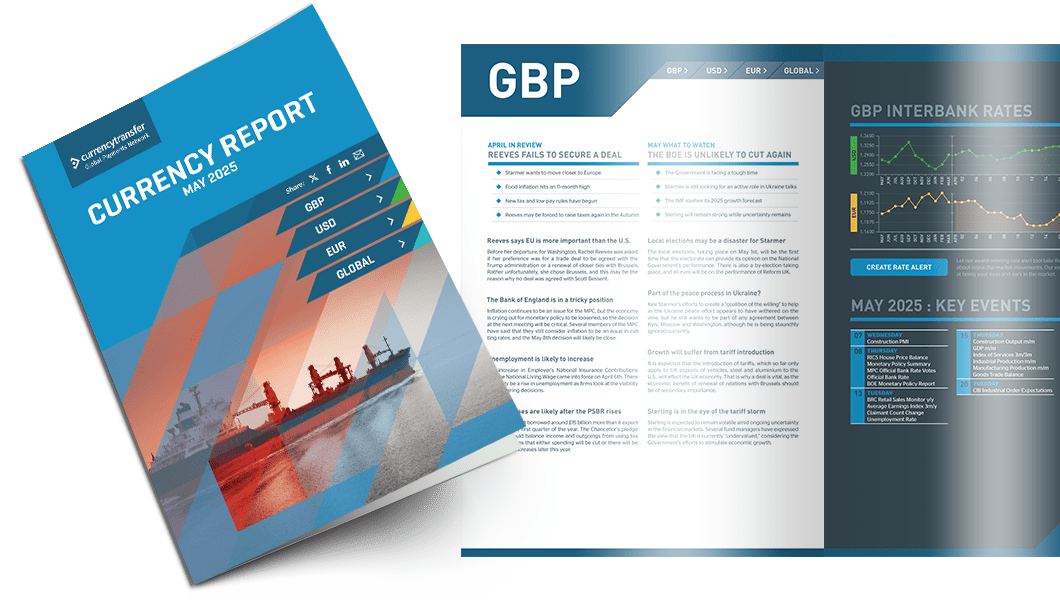
Highlights
- Housing market is taking a hammering
- Rate hikes labelled a “silent killer”
- Data shows economy has fallen into contraction
Rates likely to climb to their highest in twenty-five years
Andrew Bailey’s comments come after it was revealed that drivers had paid over a billion pounds more for fuel at supermarkets over the past year as retailers tried to increase their profit margins.
Jeremy Hunt held talks recently with a wide range of retail bodies to discuss ways in which those struggling with the cost of living are not being unfairly targeted.
There have been complaints recently that two highly emotive sectors are taking advantage of the situation. The price of fuel is one, while banks are also being accused of raising rates to borrowers as soon as, or in some cases before, official rates are increased, while the rates paid to savers are still low.
Bailey believes that the headline rate of inflation that remained at 8.7% will begin to fall rapidly towards the Bank’s 2% target towards the end of the year.
He remained vague when asked when inflation will begin to fall, saying that it depends on a combination of several factors.
Fears about a continued slowdown in the economy, culminating in recession, led the FTSE 100 to its lowest close this year yesterday, while the latest bond issue by the Treasury was priced at its highest rate since 2008. Bond prices have now exceeded the highs that were seen during Liz Truss’ brief period as Prime Minister last year, which led to a brief time of economic and political mayhem.
The rise in the level of interest that the market demands from the Treasury reflects their concerns over the economy that are unlikely to abate for some time.
The current cost of living crisis is seeing living standards squeezed more than at any time since the 1950s. The spiral of higher wages being demanded due to erosion by inflation has become the single most serious threat to the economy, and even until inflation begins to fall and wage demands abate, it will take some time for the entire citation to work its way through the economy.
Several economists believe that rate increases can only support Sterling for a limited time until the slowdown in the economy leads to a period of significant weakness for the pound. Yesterday, it rallied as the market remained uncertain about the Fed’s next move on interest rates. It climbed to a high of 1.2781 but soon ran into selling pressure and fell back to close at 1.2739.

Read our latest currency report
Most impactful events planned this month and how they could impact your business
Recession has become a “coin toss”
However, recently the fact that an average of close to 250k new jobs have been added every month so far this year has led the market to become blasé about the link between jobs data and FOMC actions.
That illusion was shattered last month as a higher-than-expected 339k new jobs were added, but the Fed decided to pause its cycle of interest rate hikes.
Predictions for the headline NFP data have become less and less correct as the jobs market continues to defy the constant hiking of interest rates that took place for more than a year until last month.
A number of eminent business leaders had been saying that it would be almost impossible for Jerome Powell and his colleagues to engineer a soft landing for the economy unless they regulated their tightening of monetary policy.
That attitude has changed over the past quarter, and it has now become an even chance whether the economy can escape with below-trend growth in the second half of this year, before trend expansion returns in 2024.
Hours worked, and average earnings are beginning to abate, which should have a positive effect on the rate of inflation, but there still is a nagging doubt in many investors’ minds that at some point, the new jobs created number will fall close to negative.
If the economy begins to shed jobs, the impact on both inflation and the markets’ belief in the underlying strength of the economy will plummet, as will the currency.
There has been nothing in the employment data released so far this week to indicate that the market is running out of steam. Both the jobs cut figures and the private sector figures were stronger than average.
The dollar index tried to break above its recent high yesterday, reaching 103.57, but traders’ concerns about the proximity of today’s data led to a correction and a close at 103.10.
Inflation is moving through the economy, but it will fall one day
It is true to say that after a long period of low rates and low inflation, both are likely to moderate going forward, and the actions of the ECB are more a reaction to the amount of support that was provided during and just after the Pandemic, as well as the level of liquidity that remains in the economy.
He supports the view that the size of the Central Bank’s balance sheet should be the subject of “serious consideration”.
Nagel harked back to the period of high inflation that plagued the global economy in the 1970 and demanded that this is not the time for the Central Bank to be timid in its reaction to stubbornly high inflation.
He went on to say that although rates will eventually return to their average over the past ten to fifteen years, it is likely they will remain high for longer than had previously been thought likely to make sure that price rises are suppressed.
Consumer expectations for inflation fell in May following a steep fall in April. This was a welcome relief for the ECB, which is locked in a debate about how much more policy will need to be tightened this year.
Over the next twelve months, expectations for inflation fell from 4.1% to 3.9%. However, the expectation is that in three years, the headline rate of inflation is 2.5%, still above the ECB’s target of 2%.
The positivity in the data is based almost purely on the decline of energy prices which are expected to stabilize but now see any significant falls over the next eighteen months. There is also concern that the war in Ukraine may precipitate further instability, as could the political situation in Russia.
There are still heated discussions taking place about the path of interest rates over the next three months. The comments made by the Governor of the Bank of Italy this week have gained support amongst the more dovish members of the Governing Council, as they held an alternative to rate hikes that has been lacking in earlier arguments for a pause.
The euro has remained driven by the direction of the dollar index this week. Yesterday, it again tested the bottom of its recent range but recovered to close at 1.0887. The 1.10 level is still tantalizingly close, but a great deal of selling interest will need to be satisfied before a sustained break can be achieved.
While the ECB is still committed to a rate hike at its next meeting, today’s data and the U.S. inflation numbers will have considerable influence over the FOMC and the fate of the dollar.
Have a great day!

Exchange rate movements:
06 Jul - 07 Jul 2023
Click on a currency pair to set up a rate alert
Alan Hill
Alan has been involved in the FX market for more than 25 years and brings a wealth of experience to his content. His knowledge has been gained while trading through some of the most volatile periods of recent history. His commentary relies on an understanding of past events and how they will affect future market performance.